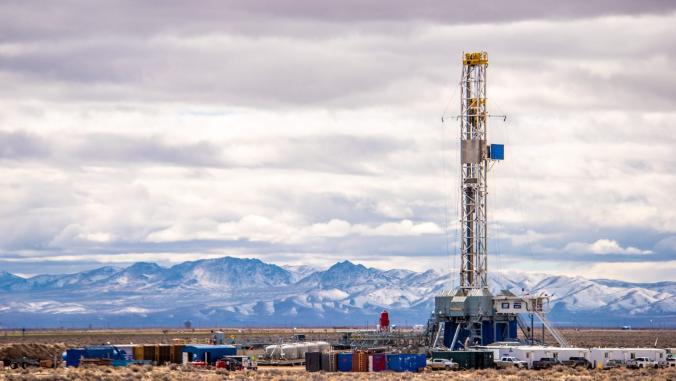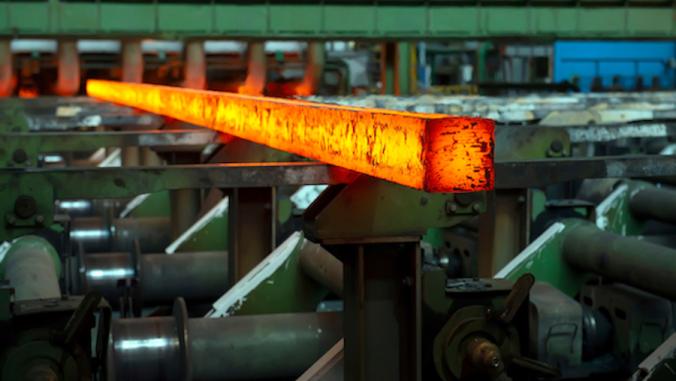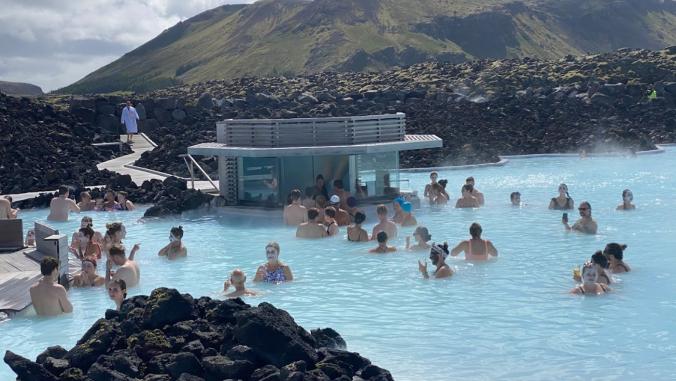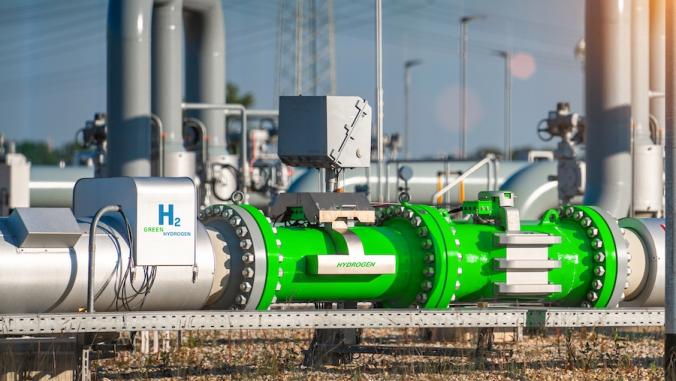The age of anxietment: anxiety, excitement and opportunity (zones)
A new federal incentive with bipartisan support looks to innovative and sustainable development.

You know the feeling. It’s when something is both exciting and terrifying. Like when you land your dream job and worry you’re not up to the task. Or buy your first home but worry about making the payments. It’s reading about the amazing innovations to tackle climate change, while extreme weather smashes the Midwest and Southern Hemisphere.
Anxietment — the combination of "anxiety" and "excitement" — is how Los Angeles Mayor Eric Garcetti characterized this moment during the Opportunity Zone Investor Summit in Palo Alto I attended last week. When so much is possible and the economy is booming, yet complex social problems are so intertwined, it’s impossible to know where to start. If everything is connected, it makes sense to start, well, everywhere. Enter Opportunity Zones.
What’s an Opportunity Zone?
Opportunity Zones (OZ) are a new federal incentive introduced by the Tax Cuts and Jobs Act of 2017. They work by allowing investors to reduce, defer or eliminate capital gains taxes when investing in low-income communities, with the hope that cities and regions can deploy capital to uplift areas still feeling the impacts of the Great Recession and struggling with high poverty and low job opportunities. The incentive also is a rare moment of bipartisan excitement (or anxietment?) celebrated by lawmakers on both sides of the aisle.
Cities around the country are taking notice. Last week's Opportunity Zone Investor Summit, hosted by Accelerator For America, was attended by lawmakers, innovators, investors and community organizers, all with ideas for how to revitalize neighborhoods in collaboration with the people who live there — and not push them out.Notably, the tone of the conference was one of profound hope.
Notably, the tone of the conference was one of profound hope. Speakers and prospectuses painted a vision of multi-sectoral partnerships — bringing together the public and private sectors with the community and investors — to transform neighborhoods that have been left behind. It leveraged the Gordian knot of multiple system failures to reimagine how to address societal challenges holistically.
So what’s that got to do with energy?
1. Transitioning to clean energy — and addressing climate change — is about people. Looking at the world through an energy lens, it’s easy to get caught in the exciting innovations, trends, technical aspects. Ultimately, though, the energy transition is about making people’s lives better. It’s about making sure buildings are healthy, energy is affordable and vulnerable communities won’t be further disadvantaged by climate impacts. A successful transition is a just transition. If we miss the opportunity to optimize technologies and offerings for the most vulnerable among us, then we create more problems to solve. That is why it is essential to work with communities on concepts through execution.
- Quotable: "Nothing about us, without us, is for us." (Stockton, California, Mayor Michael Tubbs, quoting a member for his community)
2. We’re rapidly changing the world right now, and energy needs to be part of that conversation. California is ground zero for the housing crisis, but it’s not the only place where housing prices are slipping out of reach for working-class families. With the economy booming and the population growing, the building stock simply has not kept pace. Many investors see now as the time to invest in the built environment in a big way. The buildings we make today will be around for decades — well into the timeframe in which we must bend our emissions curve. That means every project being considered today must think about how it will use energy, what energy it will use and if it will be ready for climate change. And the good news is the Opportunity Zone incentive is a perfect time to make sure we’re investing in getting it right the first time.
- Quotable: "Intentionality." (What California Gov. Gavin Newsom says has been missing from state development)
3. Clean energy assets themselves represent tremendous opportunities in low-income communities. Friends-of-the-newsletter at the New Energy Nexus (NEX) identified a once-in-a-generation clean energy play with this tax incentive. Clean energy assets are a natural fit for certain OZs; they are long-term, location-based and provide a public benefit to the community. These assets provide distributed, reliable and affordable energy; climate resilience; and healthier communities and workforce development. According to NEX, clean energy assets — already a sound investment — are even more attractive with the capital gain tax benefits, to the tune of an additional few points. Its white paper (PDF) outlines all the clean energy assets investors should consider.
- Quotable: "Opportunity zone finance presents a watershed mechanism to permanently move clean energy assets and companies into the mainstream." (Jon Bonanno, chief experience officer of New Energy Nexus)
The catch: Investors need to move fast. Investments made before Dec. 31 would benefit from a 15 percent exclusion of the original taxable gain. Investments made in the new year would drop to a 10 percent exclusion of the deferred capital gains — still attractive but not as much as those made by the end of the year.
Interested in learning more about Opportunity Zones?
- My OZ Fund: A resource from New Energy Nexus designed to help interested investors set up a Qualified Opportunity Zone Fund, the mechanism through which investors must leverage this tax incentive. It also has information about investing in clean energy assets, including a white paper laying out the process and benefits.
- Accelerator for America: An organization focusing on "inclusive growth" (and the host of the Opportunity Zone Investor Summit), this site offers steps to take advantage of Opportunity Zones. The site also hosts the prospectuses from cities across the nation — potentially a good place to start to understand how your investment dollars could get to work.





